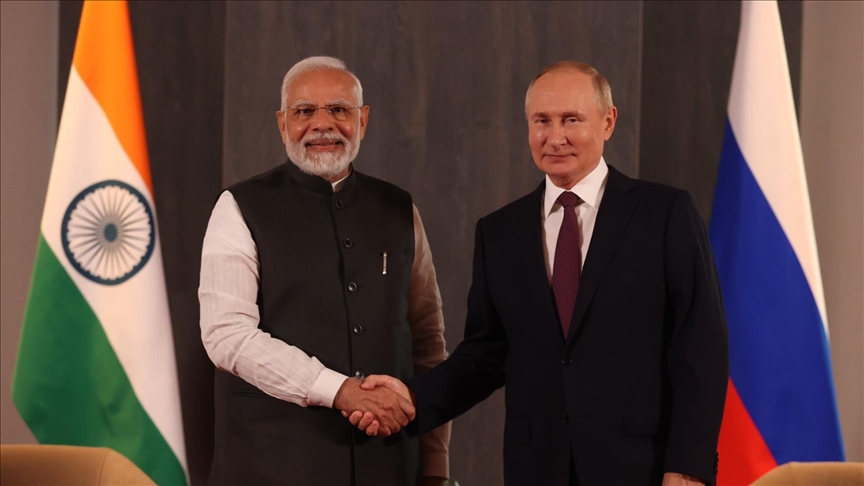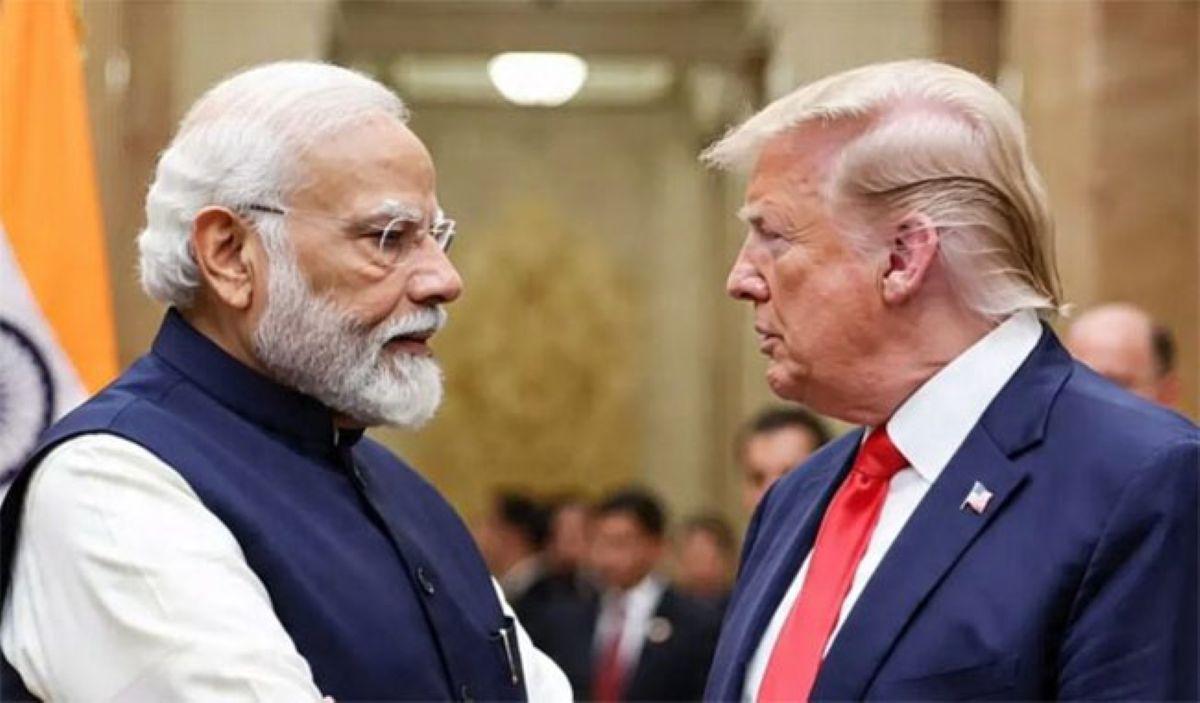US President Donald Trump on Wednesday ordered steeper tariffs on goods from India due to New Delhi’s ongoing purchases of Russian oil, opening a new chapter in his trade confrontations just hours before another set of duties takes effect.
The new 25-per-cent tariff on Indian goods, which will take effect in three weeks, adds to an existing 25-per-cent duty that starts on Thursday, raising the total to 50 per cent on many products.
Trump’s directive also threatens sanctions against other nations that “directly or indirectly” import Russian oil, a crucial source of income for Moscow amid its conflict in Ukraine.
However, there are exemptions for items affected by sector-specific tariffs, such as those on steel and aluminium, and for categories that may be targeted later, including pharmaceuticals and semiconductors.
Smartphones currently remain exempt from these tariffs, protecting Apple from a significant financial impact as the US tech giant relocates production from China to India.
India’s foreign ministry criticised Trump’s announcement on Wednesday, describing it as “unfair, unjustified and unreasonable.” The ministry previously said that India began sourcing oil from Russia when its usual suppliers redirected their shipments to Europe due to the war, pointing out that Washington had “actively encouraged” these imports to promote “stability in the global energy market.”

Nonetheless, Trump has recently intensified his demands on India concerning its oil acquisitions, threatening additional tariffs as part of his strategy to compel Moscow to bring an end to its harsh invasion of Ukraine.
Reports from New Delhi indicated that India’s National Security Adviser was in Moscow on Wednesday, coinciding with US envoy Steve Witkoff’s trip.
The additional 25-per-cent tariff imposed is less than the 100-per-cent rate Trump had suggested last month when he urged Russia to end its war in Ukraine within 50 days or face severe new economic penalties.
The Republican indicated previously that these would be “secondary tariffs” aimed at Russia’s remaining trade partners, intending to hinder Moscow’s ability to cope with already extensive Western sanctions.


 Trending
Trending 
